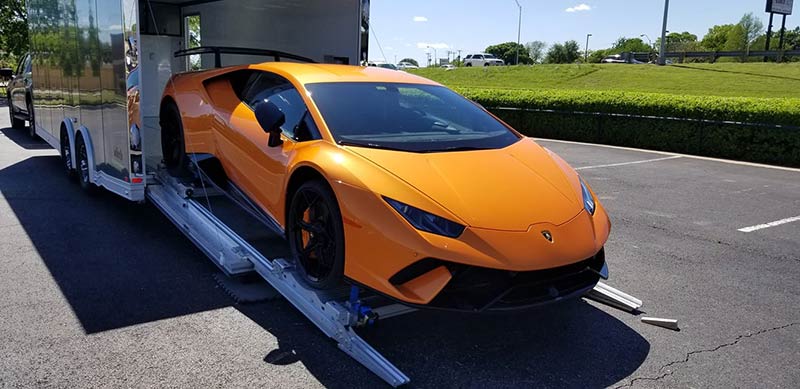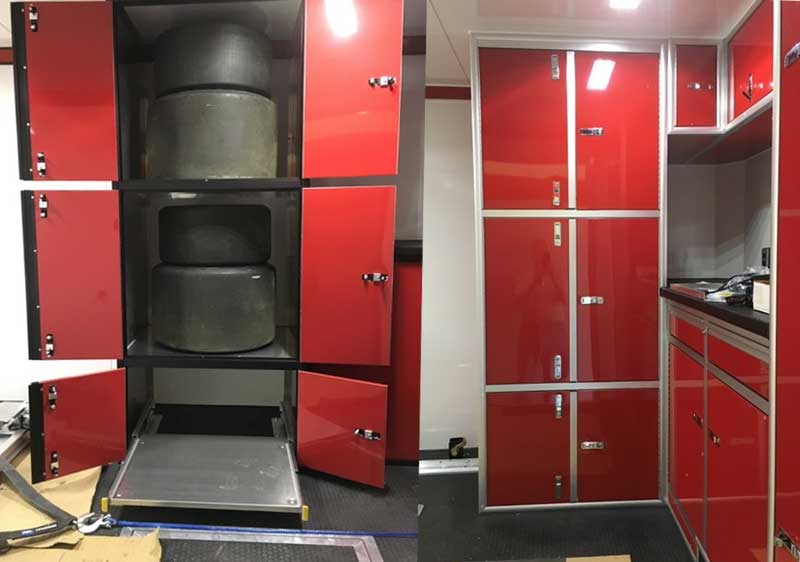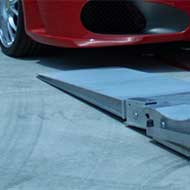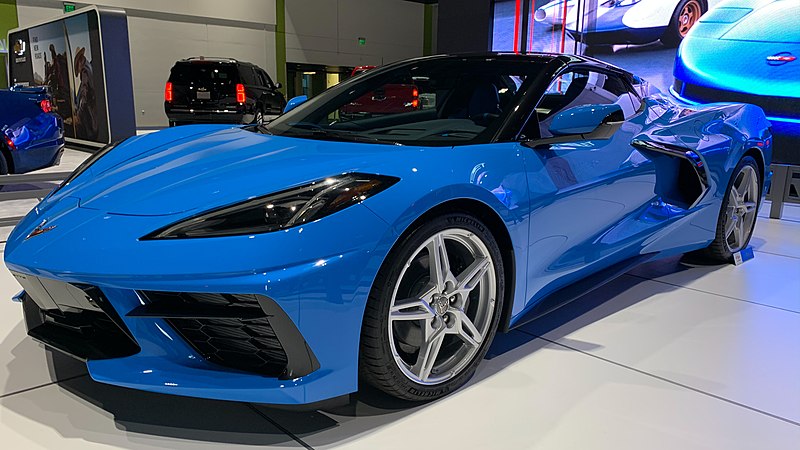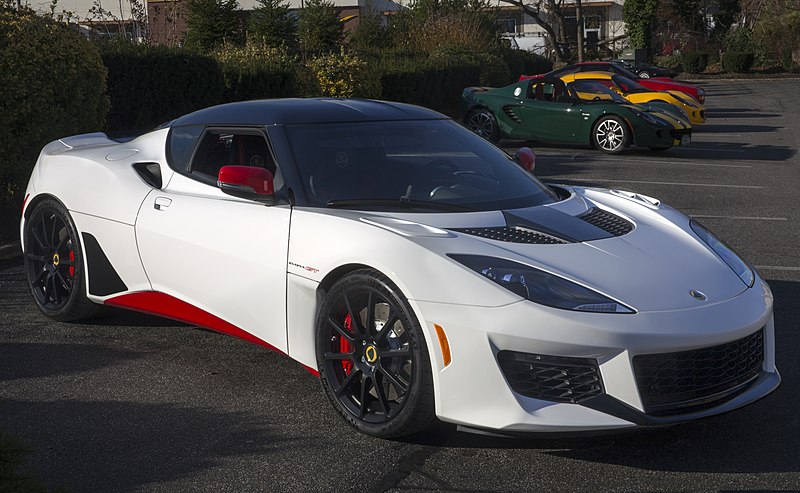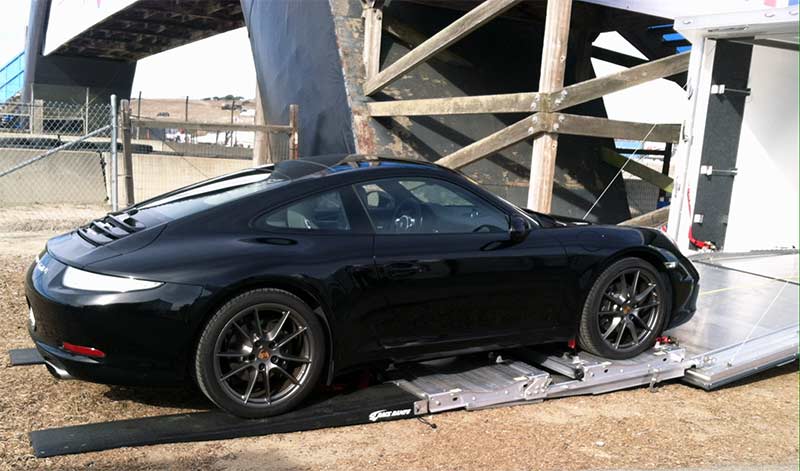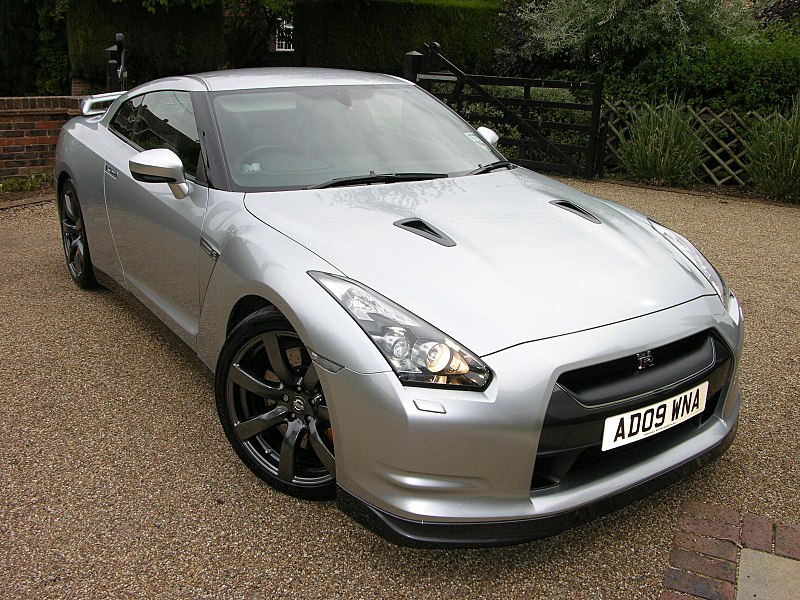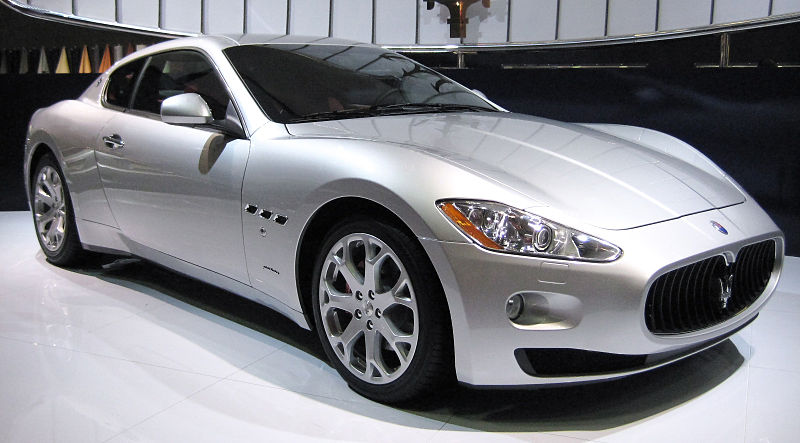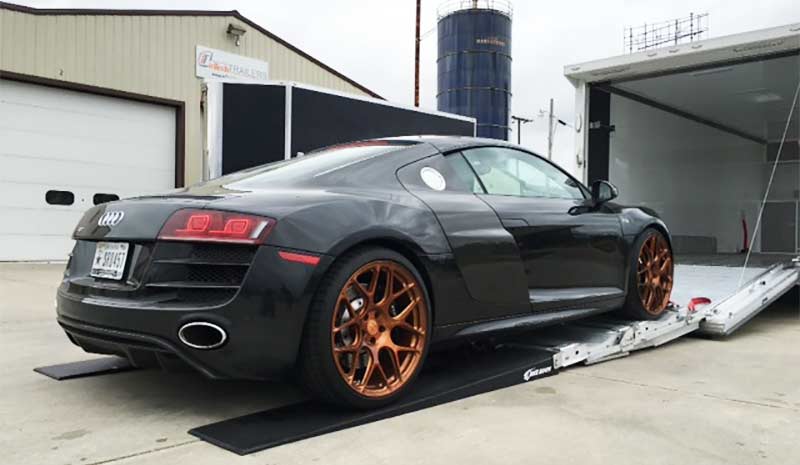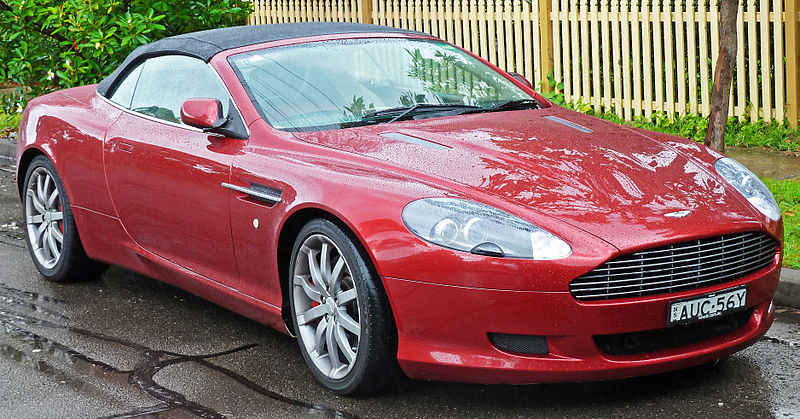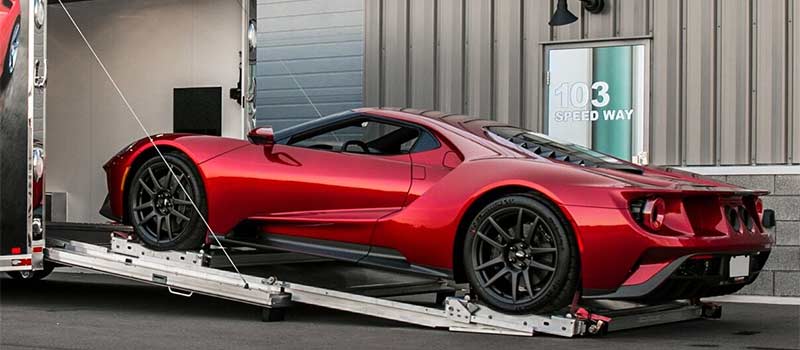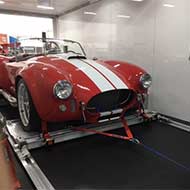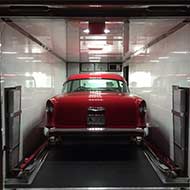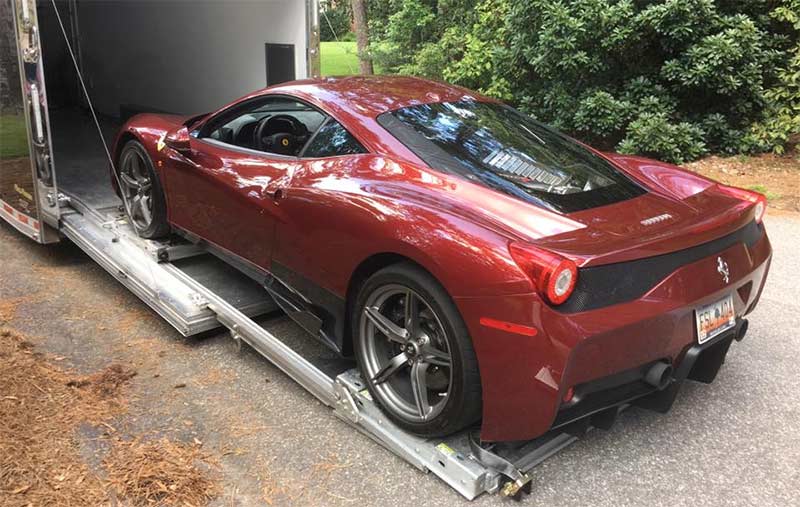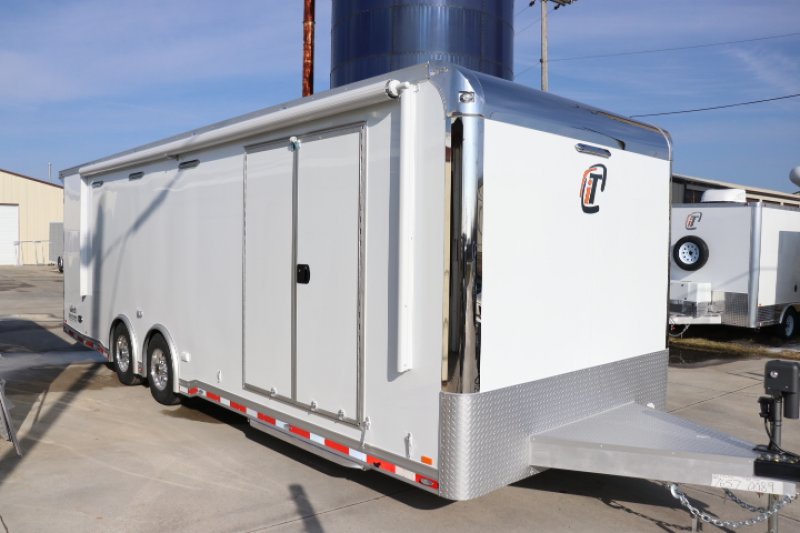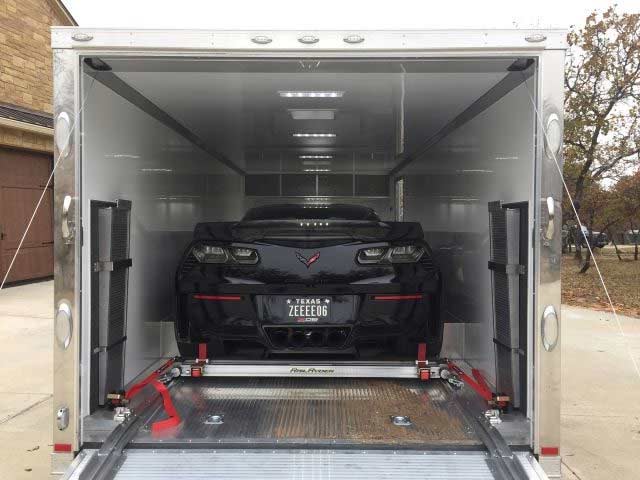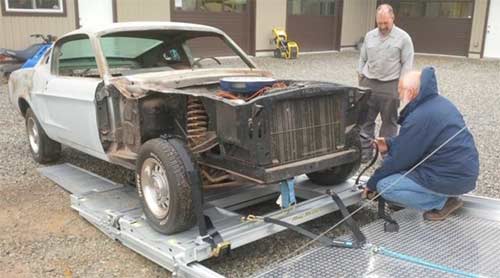Anybody who has owned an automobile knows that a car loses resale value the second it’s driven off the lot, even though that “new car smell” may linger for hundreds of miles. We will ride the train of depreciation as the bumps, bruises, and blemishes build-up from mileage wear-and-tear. Unfortunately, certain circumstances can grind that number even lower, even if the car looks shiny and new.
Diminished Value Overview
A car accident is a big-time headache for any driver, regardless of severity. Even if nobody was physically hurt, the day is instantly wasted. Between the accident report, insurance matters, tow truck (if necessary), rental car, repairs, and just distress from the event itself, you’re in for a long, long day. Unfortunately, the fun doesn’t stop there. If a car is involved in an accident, it will likely be subjected to a diminished value loss – an extra hit on top of typical depreciation accrued from high mileage.
Basically, diminished value loss is the difference between a car’s worth before the accident and after all repairs. Diminished value depends on a few variables, including the severity of the vehicle’s crash and the car’s condition. Vehicles damaged by flooding, hail, and other “acts of God” can also lose their resale value.
Diminished Value Compensation
Fortunately, there is some light at the end of the tunnel. In all states, except for Michigan, some insurance providers allow you to file a claim up to two years after the crash (state pending) for diminished value compensation. Basically, the insurer can reimburse the loss in resale value if the following conditions are met:
- You were not the driver at fault.
- Your car is expertly proven to have a lower resale after the accident repairs than beforehand.
- The damage was caused in a vehicular crash and NOT by an “Act of God.”
Damage from wind, hail, floods, and other natural disasters can create a diminished value scenario. But, insurers will not reimburse clients for losses stemming from such repairs. Furthermore, diminished value cases are tricky to handle since there is no concrete formula for calculating such differences. You can pay a qualified expert a steep fee to review the case after the repairs were made and estimate the diminished value. However, that can be risky unless you are sure the damage costs have exceeded the expert’s fee.
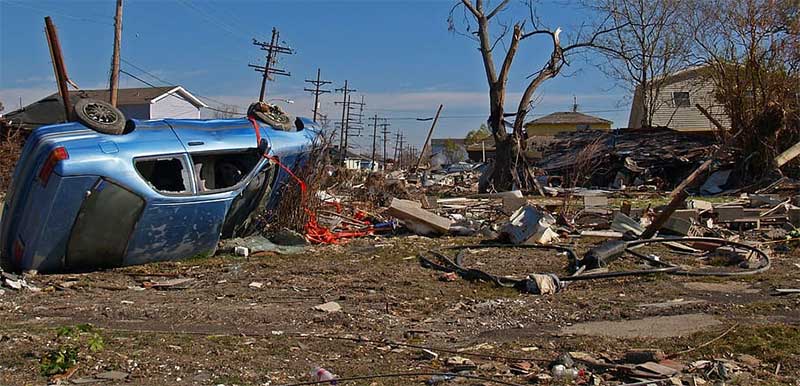
Of course, receiving full compensation for the vehicle’s diminished value does not mean you’re entirely out of the resale woods. Companies like Carfax and AutoCheck compile vehicle history reports (VHRs) on millions of used cars to inform prospective buyers of accident and maintenance history. Vehicle history reports contain data from emergency departments and insurance companies, as well as repair shops, dealerships, DMV agencies, and other companies. You may be reimbursed every penny in diminished value, but selling or trading in your car may come at a hefty price from a blemished VHR.
Protection and Prevention
So, are there any measures you can take to prevent a diminished value situation from occurring? Sadly, the best advice for daily drivers is, “don’t get into an accident.” Hardly helpful, admittedly, but any accident repair – large or small – has the potential to dig into a car’s resale value. However, if you own a track-day racer alongside your day-to-day vehicle, there are some helpful hints which can save you lots of money and grief.
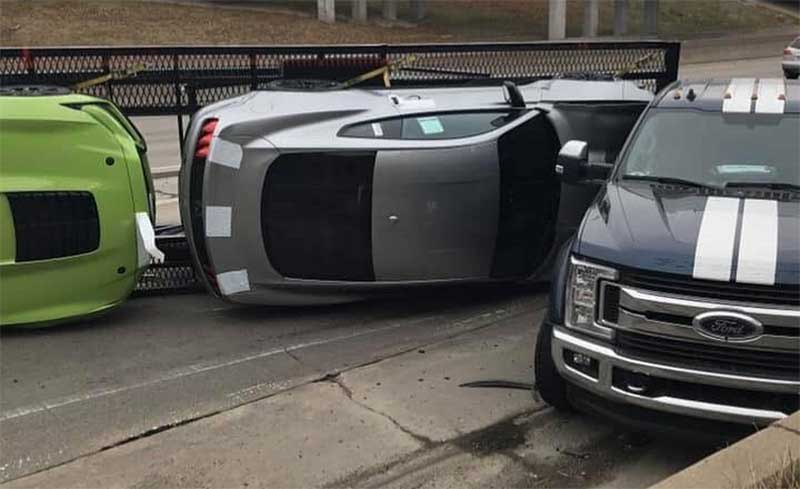
The first and most important rule: if you plan on buying an exotic car or a sports car for the racetrack, don’t plan on driving it to track day or the car show – plain and simple. Instead, invest in an exotic car trailer and haul your racer or vintage car to its destination.
At the bare minimum, an open hauler will be sufficient at minimizing the chances of collision damage. The tow vehicle will likely take the brunt of the crash. However, an open trailer will be useless when Mother Nature unexpectedly comes a-knocking while you’re on the road.
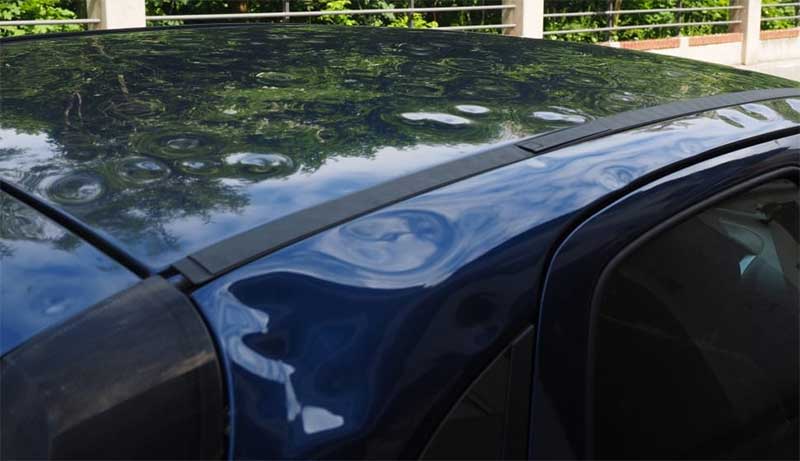
To ensure the utmost in protection, invest in a fully enclosed car hauler, further, one fitted with an enclosed trailer tie-down system.
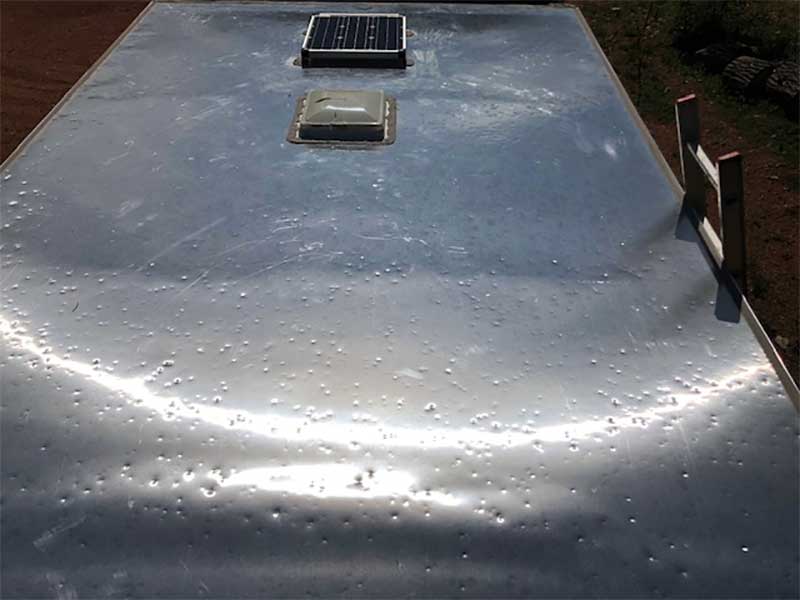
When you transport your track-day toy to the motorsport complex in a custom enclosed car trailer, you can rest assured. The hauler and tow vehicle will be pelted by hail, falling branches, and other debris, but your precious cargo will be safe and sound. Furthermore, strapping the car down properly with a custom tie-down system will significantly reduce the car’s chances of dislodging and crashing into the walls in the event of an accident.
